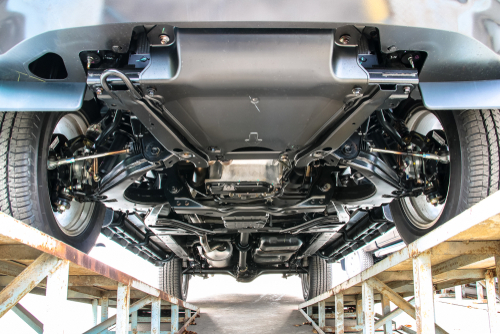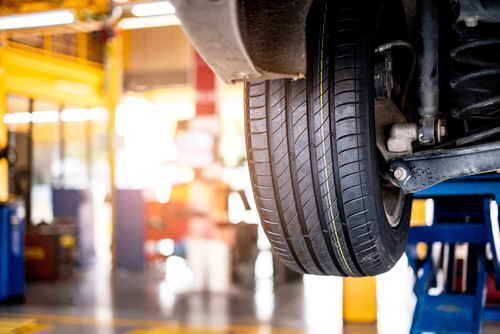
What Happens in Car Servicing?
December 27, 2019
Importance of Servicing Your Car Regularly
March 3, 20204 Servicing Tips That Will Save Your Car

4-servicing-tips-that-will-save-your-car
4 Servicing Tips That Will Save Your Car. Achieving the goal of owning a car is a remarkable achievement. Now you have free access to any available wheel. However, you must understand that owning a car does not end only by buying it. You also need to know how to take care of your vehicle. Respectively. Car owners must deal with their vehicles, such as their child or partner. They need to know how to care for their cars. So that they are always in good condition and last a long time. Here are some essential car servicing tips that a car owner should follow and practice.
4 Servicing Tips That Will Save Your Car –
Check the engine coolant level
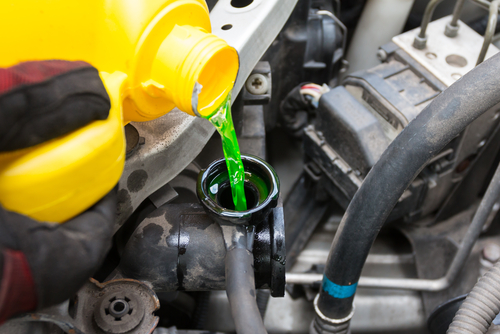
It is best to check the coolant level to avoid high-temperature problems that could cause the engine to overheat. When you start the car, the engine burns up to a thousand degrees. Especially in the combustion chamber, when the coolant is running. From the heater, it passes through the cooling compartment inside the engine, which shuts off heat. Passing through the coolant or another water chamber, it returns from the radiator to complete the cooling process of the machines. Some devices use plain tap water, but it is best to use coolant to protect your engine. This is a combination of plain tap water with a special coolant that protects your cooler from what they usually call a “ladder.” Which can damage or block the coolant.
Check tire pressure

Tire pressure ensures road safety. If the tires are inflated too much, the car consumes more fuel. It is recommended to check tire pressure, ideally once a week, regularly and at least once a month. You should also check the pressure in the spare tires. The correct tire pressure will be indicated in the manual of your car, and it is useful to do this, as it will save up to 10% fuel when your tires are at the right level. It sounds like an aspect of automatic control to prevent, but regularly filled tires are not only safe but also cost-effective. If the tire is full, the proposed extra lift allows the engine to move faster. This leads to lower fuel costs, and also avoids the use of tires with a dangerous prefix, which can lead to death on a busy road.
Check car gauges
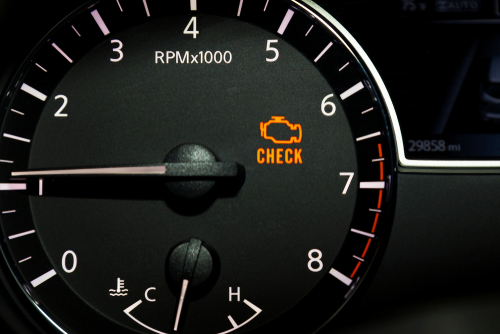
Start the engine and make sure that the pressure gauge, pressure gauge, oil pressure gauge, air pressure gauge, and pressure gauge are standard. As for the manometer, after turning on the switch, you will notice that it reaches 24 V. But after starting the engine, it will increase from 24 to 28 Voltage. Otherwise, a battery or generator error may occur. A fuel gauge gives you an idea of whether you really need refueling or if you still have enough fuel. It is difficult to get stuck just because you have not noticed that the fuel gauge is almost empty. When you start the engine, the oil pressure automatically changes.
But as soon as the engine warms up, it automatically drops to a reasonable level, indicating that your car is in good condition. The temperature indicator shows the temperature of the engine. The standard engine temperature is half the gauge in a flat area. But as soon as you reach the level of the inclined plane, the average temperature will contact 3/4 of the gauge.
Take care of your tires
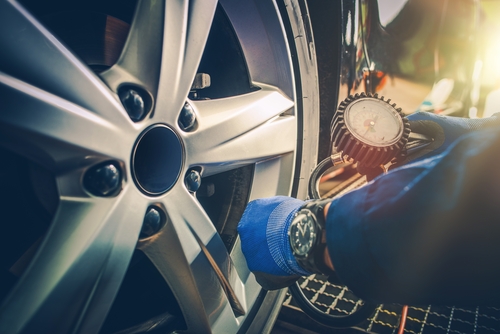
When people think about the car, they think about the “engine”. But tires are an essential part of your vehicle. Keeping them in good condition helps your engine run better. Check the tire pressure every time you change the oil and check it yourself when you refuel the pump. If the pressure is too low, add a little air. Many gas stations have a general-purpose air pump, and the cost of adding air to your tires is usually smaller than the price per unit. Your tires change generally regularly. Every second or third oil change is a good idea. That is only 9,000-15,000 miles for most cars. Rotation prevents tire wear, and uneven wear can tell you if you have problems adjusting the wheels.
Conclusion
Car servicing, even in its purest form, should be known to all car owners. You should be able to perform tasks such as checking engine oil, tire pressure, and brake condition. You also need to take the machine for regular service meetings and regularly wash it in another place to protect it from extreme weather conditions, such as rain and snow. All these are ordinary steps that all drivers must take to maintain their cars.


